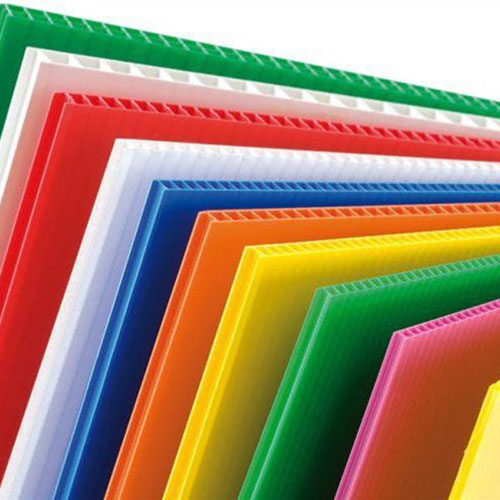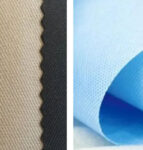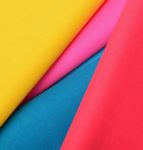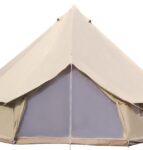Polypro fabric is a blend of synthetic fibers that can be used to make durable clothing, accessories, and home decor. It’s also known as blended or manmade fabric, which makes it perfect for anyone who wants an eco-friendly outfit. Instead of being made from cotton or another natural material, polypropylene is a manufactured textile made by combining many synthetic threads. The result is a cloth that has many benefits over natural fabrics, including being wrinkle resistant and machine washable. This guide will tell you everything you need to know about this awesome material!
polypropylene
Polypropylene is a thermoplastic polymer that can be spun into fabric using many different methods. It’s a synthetic fiber that’s used to make many different fabrics, from non woven fabric to polyester fabrics. Even though it’s synthetic, it’s still very eco-friendly since the raw materials for it can be recycled. It’s also very durable, easy to clean, and affordable to produce. This makes it perfect for creating synthetic fabrics that are comfortable to wear. The most common type of polypropylene fabric is non woven fabric.

non woven fabric
Non woven fabric is a synthetic fabric that’s made using woven looms and a loose weaving technique. It’s then treated with chemicals to make it non-abrasive and able to be dyed any color. This fabric is usually made with polypropylene, which is a synthetic polymer. It’s also known as blended or manmade fabric since it’s made from a mix of natural and synthetic fibers. Non woven fabric is very common for clothing and home decor items since it’s super inexpensive to make. It’s also very easy to dye and can be made in a variety of different textures and thicknesses. Because non woven fabric is made from synthetic materials, it’s extremely durable and easy to clean. It’s also wrinkle resistant and machine washable. Because of these properties, it’s popular for clothing, towels, blankets, and even tablecloths and rugs.
pp plastic
Polypropylene plastic is a type of plastic that’s used in many different products. It can be transparent or colored and is often used to make containers, bags, and packaging. It’s a very durable material that’s great for storing and transporting goods. It can also be used to make plastic films and sheets. A large percentage of plastic is recycled, so it’s eco-friendly. It’s also inexpensive to produce, so it’s a good choice for businesses that need to create affordable products. There are many different types of polypropylene plastic products, including tarps, bags, and sheets. You might even have some in your home or office since it’s very common to see bags or bins made from this material.
polyethylene vs polypropylene
Polyethylene and polypropylene are both synthetic materials that are used to make fabrics. They have a lot in common, but they also have a few key differences. While they’re both synthetic, polyethylene also contains some natural materials. Polypropylene is completely synthetic. Polyethylene is also a bit more brittle than polypropylene. Their melting points are also very different. The melting point of polyethylene is around -120°C, while polypropylene melts at 190°C. Because of these differences, polyethylene has a better resistance to chemicals than polypropylene. Since it also has a lower melting point, polypropylene doesn’t melt in high temperatures or in direct sunlight.
what material is poly
Poly is the abbreviation for polypropylene, which is a synthetic material used to make fabrics. It’s a common abbreviation used in the fashion industry, although it’s also used in other industries as well. Poly fabric is a common material used to make clothing, tablecloths, and rugs. It’s also used to make non woven fabric, which is a popular choice for fabrics used in home decor items like rugs. Poly fabric is a durable and easy to clean material. It has a low melting point, so it’s not suitable for outdoor use. Poly fabric is usually a dark color, usually black or blue. It’s also quite stretchy and may be shiny or have a dull finish.
pp vs nylon
Nylon is a synthetic fiber that’s often used alongside polypropylene. While polypropylene is great for making fabrics, nylon is a better choice for clothing. It’s a synthetic fiber that’s lightweight, breathable, and very durable. Nylon is often used to make sportswear, bags, and footwear. Nylon and polypropylene are both synthetic which makes them easy to clean, durable, and wrinkle resistant. They also both have low melting points and should be avoided when working with heat. Overall, they’re very similar materials and they can be used interchangeably in many situations. They’re both synthetic materials that are easy to clean, durable, breathable, and wrinkle resistant. They also both have low melting points, so they shouldn’t be used near direct heat. That’s everything you need to know about polypropylene fabrics! Polypropylene is a synthetic polymer that’s commonly used to make non-woven fabrics. It’s easy to clean, durable, and wrinkle resistant, making it great for home decor items.



